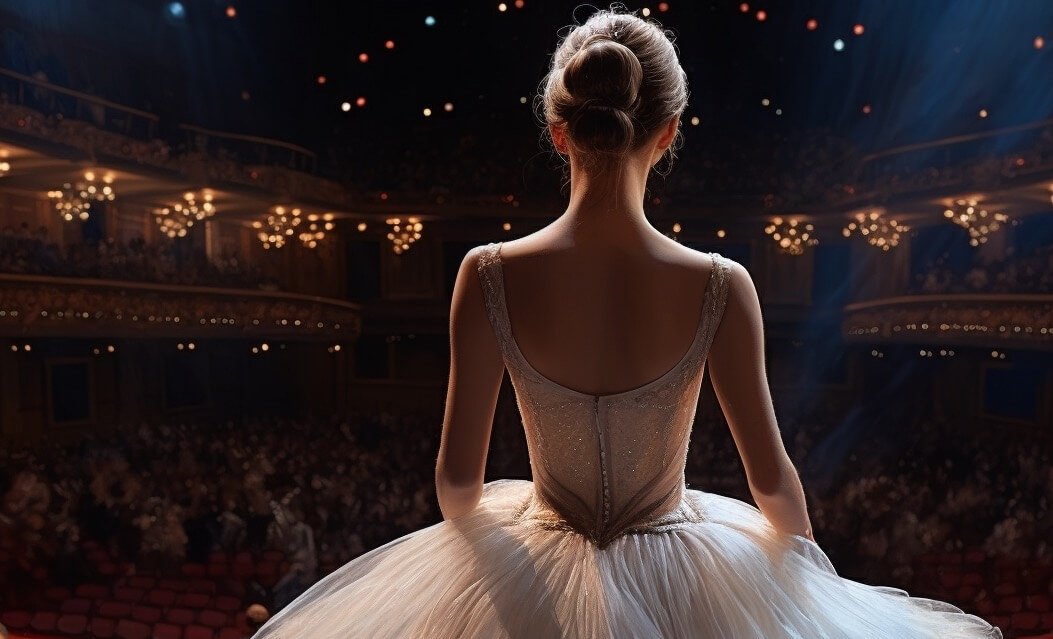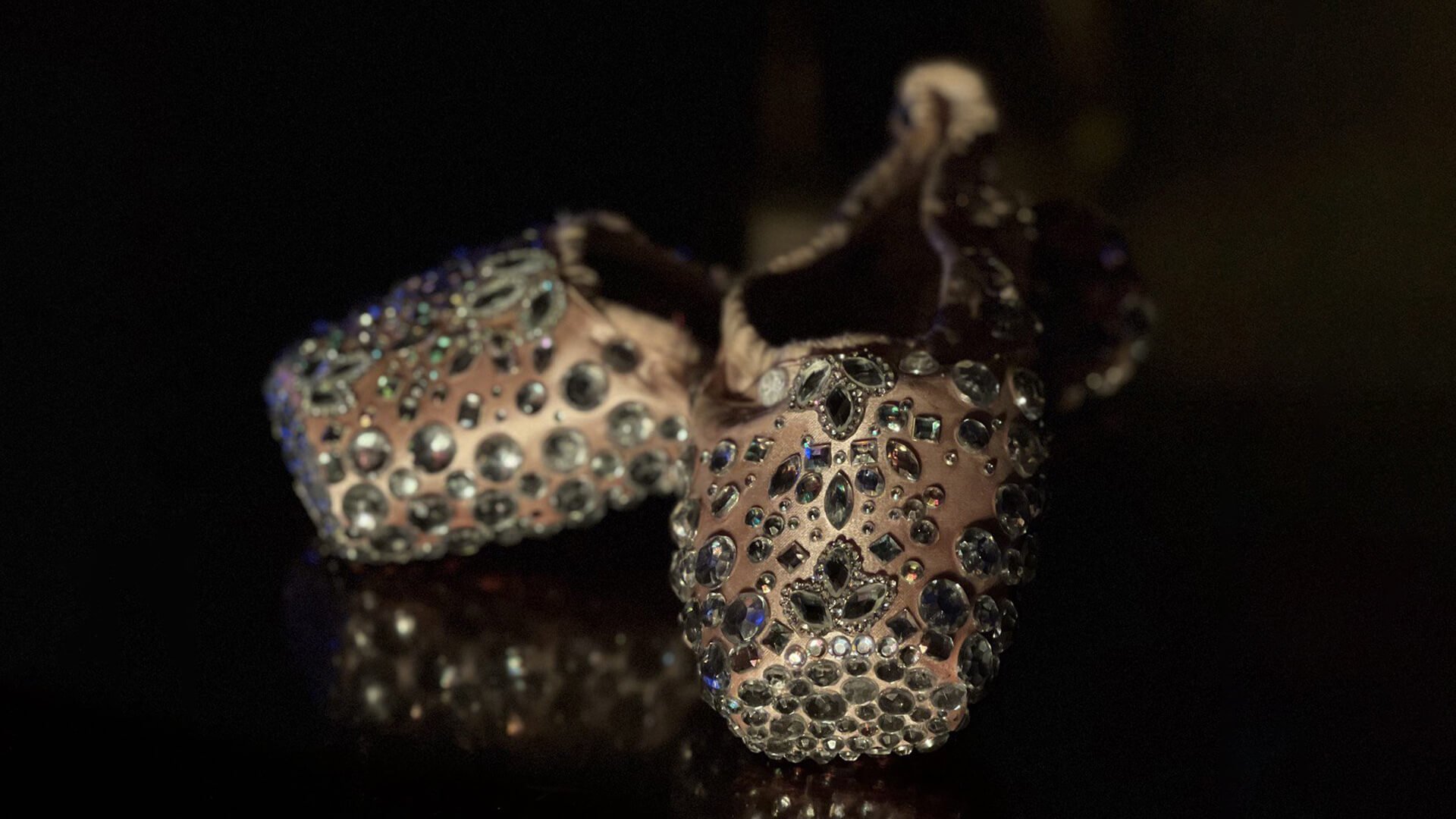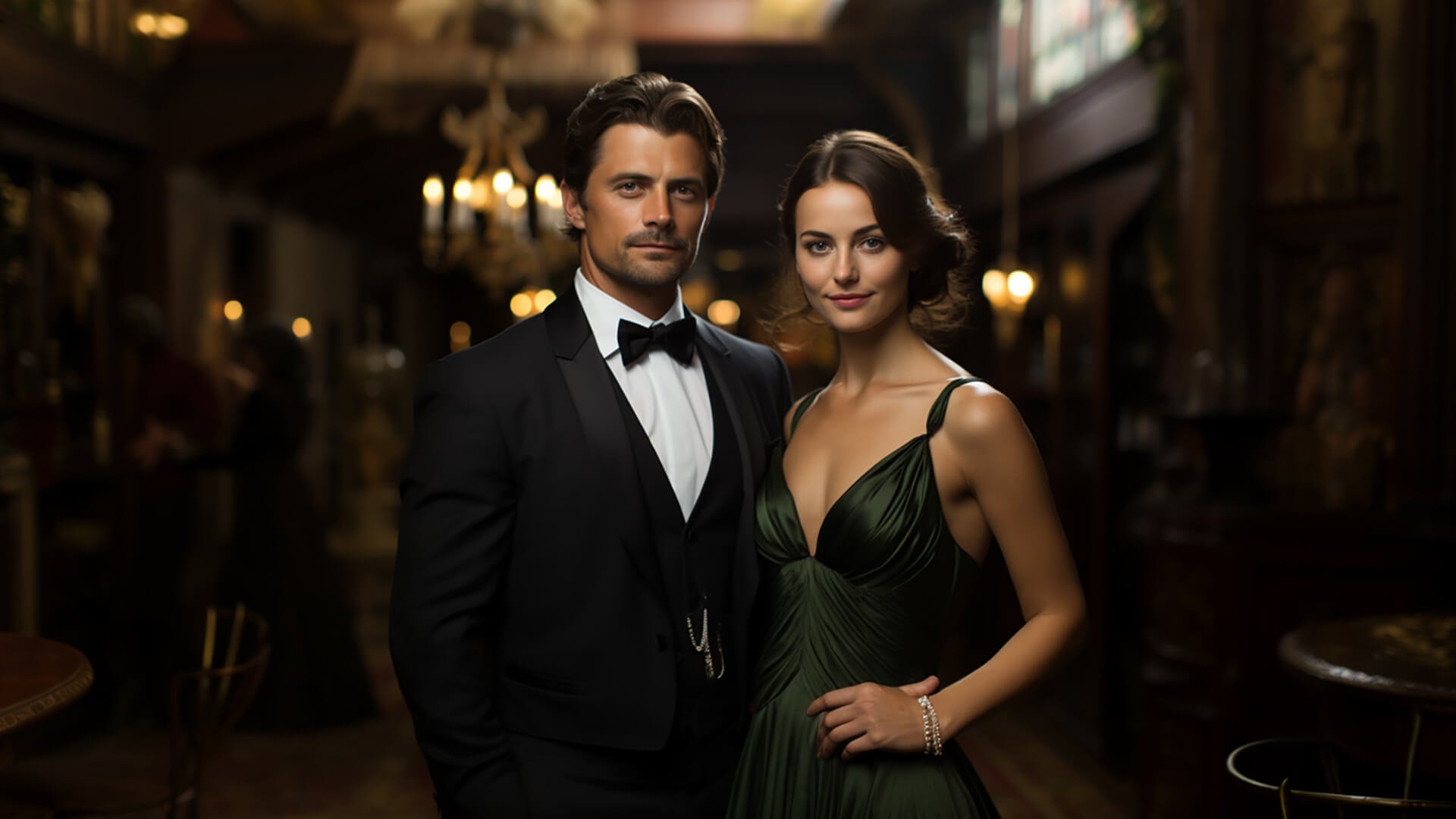The Enchanting Origins of Ballet: A Journey Through Time
Introduction
The world of ballet is filled with grace, elegance, and a rich history that dates back several centuries. The evolution of ballet has been shaped by countless individuals, cultures, and societies, creating a mesmerizing art form that continues to captivate audiences worldwide. In this in-depth exploration, we will delve into the fascinating origins of ballet and uncover the significant events that have shaped it into the exquisite performance art we know today.
The Birth of Ballet: Renaissance Italy
Ballet’s earliest roots can be traced back to the Italian Renaissance courts of the 15th and 16th centuries. During this time, dance was an essential part of courtly life and was often incorporated into grand celebrations and events. The Italian
nobility held lavish, highly choreographed spectacles that blended poetry, music, and dance, known as ‘balletti.’ Catherine de Medici: The Queen Who Brought Ballet to France When the Italian-born Catherine de Medici married King Henry II of France in 1533, she brought with her a passion for dance and the arts. As queen, Catherine sponsored numerous balletti performances, which were later known as ‘ballet de cour.’ These elaborate productions often featured masked dancers, extravagant costumes, and complex narratives that were influenced by mythology and classical literature.
The Establishment of the First Ballet Company
In 1661, King Louis XIV of France, an avid dancer himself, founded the Académie Royale de Danse, the first professional dance institution. This marked a significant step in ballet’s development, as it shifted from a courtly pastime to a disciplined art form. The establishment of the academy led to the creation of the Paris Opera Ballet, the world’s first ballet company, and set the stage for ballet’s rapid growth in the coming years.
Jean-Baptiste Lully and Pierre Beauchamp: The Pioneers of Classical Ballet
Two key figures in the evolution of ballet were Jean-Baptiste Lully, a composer, and Pierre Beauchamp, a choreographer. Together, they played a pivotal role in developing the ballet de cour into a distinct and recognizable art form. Lully composed the music for numerous ballets, while Beauchamp created the choreography. It was Beauchamp who devised the five basic ballet positions that remain fundamental to ballet technique today.
The Romantic Era: Ballet’s Golden Age
The 19th century marked the beginning of the Romantic era in ballet, with a focus on emotion, imagination, and the ethereal. The period saw the rise of the ballerina as a central figure, and the introduction of pointe work, which allowed female dancers to appear weightless and otherworldly. Key ballets from this era include ‘La Sylphide’ (1832) and ‘Giselle’ (1841), both of which continue to be performed by companies worldwide.
The Russian Influence
In the late 19th and early 20th centuries, ballet flourished in Russia, where it became an integral part of the country’s culture. Under the patronage of the Russian Imperial Theatres, choreographers such as Marius Petipa and Lev Ivanov created some of the most iconic ballets, including ‘Swan Lake’ (1877) and ‘The Nutcracker (1892). The Russian school of ballet, known for its strong technique and emphasis on storytelling, became highly influential and continues to shape ballet today.
The 20th Century: A Time of Innovation and Revolution
The 20th century saw a dramatic shift in ballet, with numerous choreographers and dancers pushing the boundaries of the art form. The Ballets Russes, founded by Sergei Diaghilev in 1909, revolutionized ballet by introducing innovative choreography, bold set designs, and striking collaborations with contemporary artists and composers. The company’s groundbreaking works,
such as ‘The Rite of Spring’ (1913) and ‘The Firebird’ (1910), challenged traditional ballet conventions and paved the way for modern dance.
George Balanchine and the Birth of Neoclassical Ballet
One of the most influential choreographers of the 20th century, George Balanchine, brought ballet to new heights by blending classical ballet techniques with modern sensibilities. After emigrating to the United States, Balanchine co-founded the New York City Ballet in 1948 and developed the neoclassical style of ballet. This style emphasizes clean lines, speed, and
athleticism, and is showcased in Balanchine’s many masterpieces, such as ‘Agon’ (1957) and ‘Symphony in C’ (1947).
The Emergence of Contemporary Ballet
As ballet continued to evolve throughout the 20th century, many choreographers sought to break free from classical constraints and explore new forms of expression. Contemporary ballet emerged as a fusion of classical ballet technique with modern dance elements, creating a unique and dynamic art form. Choreographers such as Twyla Tharp, William Forsythe, and Jiri Kylian
have been instrumental in shaping contemporary ballet and expanding the boundaries of the genre.
The Globalization of Ballet
In recent decades, ballet has become a truly global art form, with numerous companies and schools around the world contributing to its ongoing evolution. Today, ballet is performed by diverse artists from various backgrounds, reflecting the wide-ranging influences that have shaped this captivating dance form over the centuries.
Conclusion: The Enduring Legacy of Ballet
From its humble beginnings in the Italian Renaissance courts to its current status as a global phenomenon, ballet has undergone a remarkable transformation. The art form’s rich history is a testament to the creativity, passion, and dedication of the many artists who have contributed to its evolution. As ballet continues to evolve and captivate audiences worldwide, it is
clear that the enchanting world of ballet is here to stay.
Experience the Magic of our World Ballet Series
If the fascinating history of ballet has stirred your interest and you’re eager to witness the beauty and grace of this timeless art form, we warmly welcome you to join us for a performance in our World Ballet Series. Our distinctive project showcases some of the most famous classical ballets, such as Cinderella, The Nutcracker, and Swan Lake, brought to life by a vibrant and diverse ensemble of talented dancers from various corners of the globe. In the World Ballet Series, we take pride in celebrating the rich tapestry of cultures that come together to breathe new life into these cherished masterpieces.
Explore our upcoming performances, secure your tickets, and embark on a mesmerizing journey through the world of ballet with us, the World Ballet Series team!








